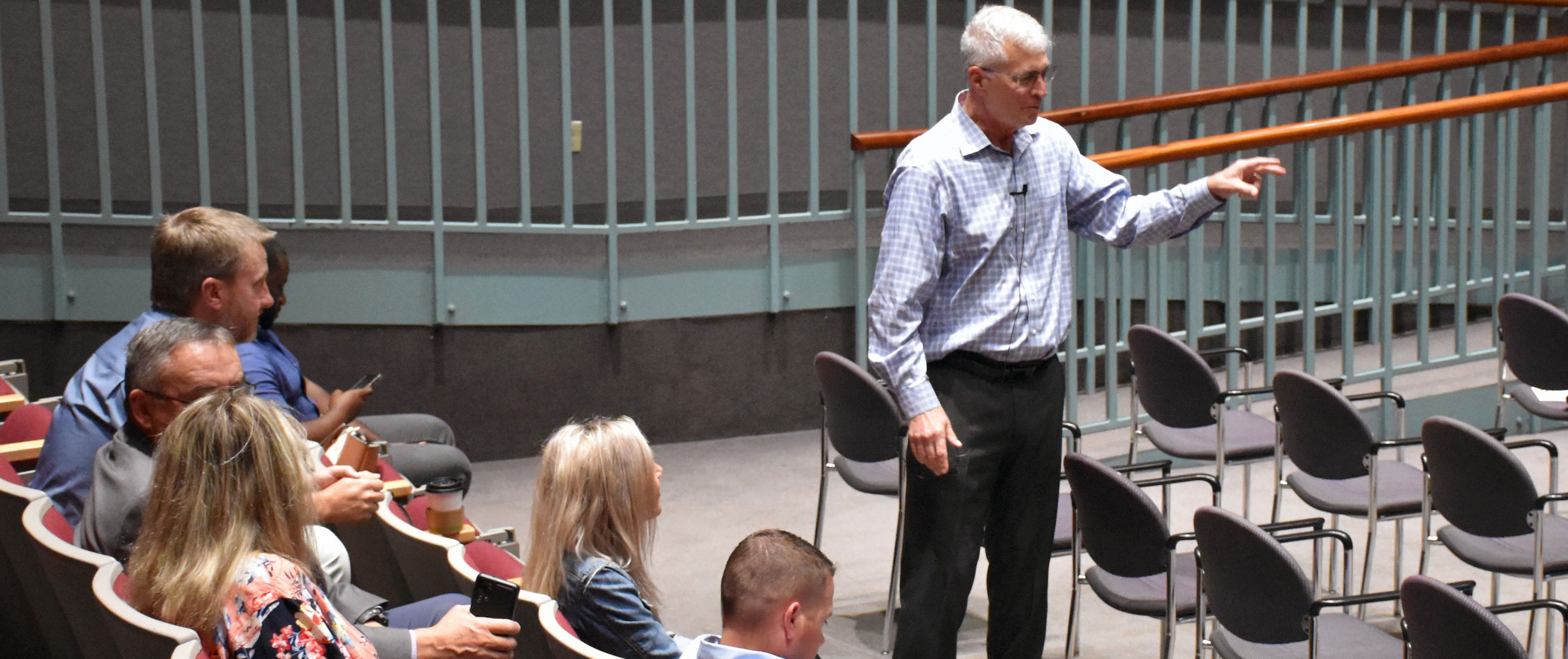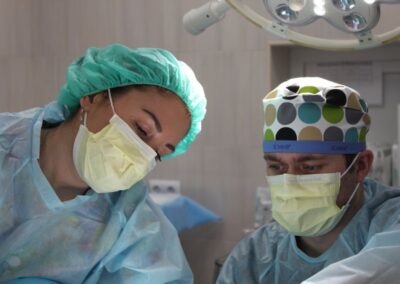Speaking at a conference in Orlando today I was asked a question: “How does health care reform effect the average physician?”. As I travel around the country with my speaking and consulting engagements, I often hear the term “average physician”. For example, does “the average physician” want to practice in a single-payor system? Having addressed these types of questions many times, I was finally compelled to ask myself, just who is this “average physician”?
So, anticipating a reasonable wait in the Orlando airport, surrounded by everything-Disney, with its resultant effect on the imagination, I decided to take the opportunity to reflect on the attributes of that “average physician”. I sprinkled some Pixie dust on my laptop, ordered a local beer, and started writing, hoping I wouldn’t get too “Goofy” during the process …. and here’s what came to mind based upon my experiences:
1. The average physician sees sicker patients than the other physicians. Almost every physician I have encountered has told me about having a practice with sicker-than-average patients. I realize logically, half of them must be right. I just don’t know which half. I do not recall any physician ever telling me that he/she sees healthier patients than average. But even I must admit, having practiced internal medicine for a number of years, that I saw sicker patients than my colleagues. So, the heck with logic, it must be true. The “average physician” does see sicker patients than the average physician.
2. The average physician practices better than average medicine. Not long ago at a physician conference in Pennsylvania I asked a simple question to the 400 attendees: “Please raise your hand if you believe that you practice better than average medicine”. To my amazement, virtually every hand in the room went up. Wow, I thought, what a privilege to visit Pennsylvania and meet 400 random docs, all of whom practice better than average. What are the odds of that? Was I speaking in Lake Wobegon instead? Obviously, Pennsylvania is a special place to receive medical care. Not believing my results, I spoke to physicians at a conference in Arizona the following week and repeated the question– all hands went up. Coincidence? Still not convinced, I did the same in South Dakota a few days later– same result. It must be true!
Seriously, have you ever met a physician who said he/she practices below-average medicine? Logic says that half of them should fit into that below average category, but despite meeting hundreds if not thousands of physicians over the years, I have never met one. Kind of like a unicorn. So, once again, experience leads me to disregard the logic and conclude that the average physician does practice better than average medicine. That observation should be truly comforting to the public. Especially for me. As much as I travel, I may need to see one of those docs someday.
3. The average physician knows more about less. I remember as a resident listening to a gray-haired attending comically define the difference between a primary care physician and a specialist. He said, the specialist through time learns more and more about less and less until he/she ultimately knows everything about nothing! On the other hand, the primary care physician through time learns less and less about more and more until ultimately, he/she knows nothing about everything.
I realize that as medical knowledge continues to double every 12-18 months, it is indeed hard, if not impossible, to keep up on everything. Plus, the number of specialists relative to the number of primary care physicians continues to increase. So, I suppose it is fair to assume that the “average physician” does know more about less. But I suppose if you happen to have that disease, this is a good thing.
4. The average physician is female. Back when I was in medical school, out of the 110 members of my class, only 15 were women. It is tremendously refreshing to say that nowadays medical students are at least 50% female. After all these years, we have finally achieved gender-parity amongst physicians in this country. This is long overdue. We have come a long way since our childhood physician mentors like Dr. Ben Casey, Dr. Kildare, Dr. Marcus Welby, and yes, even Dr. “Bones”. (And do remember, as great as we thought these physician role models were, they only had to see one patient per week!).
Currently, the number of female students exceed the number of male medical students, so women now compose a slight majority among those receiving medical degrees. So, I suppose it is fair to say that the “average physician” is female.
But now, to a more serious note:
5. The average physician is more likely to get burnout. This is an extremely disturbing issue. Studies now show that over 50% of physicians across the country are exhibiting some signs of burnout. Professional satisfaction levels are at an all-time low. We need to very seriously and aggressively address this problem. It’s not just the work; physicians are used to long hours. Rather, it is the frustrations of that workload and the lack of true professional satisfaction and meaning of some our daily practice responsibilities. My travels have convinced me that we need to do a much better job in recognizing and managing this insidious threat to our profession. Sad, but true, burnout is on the rise, and that “average physician” is likely to experience burnout at some point in his/her career.
And finally:
6. The average physician is an extremely intelligent, hard-working, dedicated individual who truly wants to deliver outstanding care. Despite the difficulties and increasing frustrations of the profession, physicians are stepping up to the plate more than ever. And that professional dedication is many times at the expense of personal/ family life. Yet, the quality of care and the patient experience of that care is better than ever before. Our hospitals are safer. Despite the obstacles, physicians across the country have delivered. Simple fact, the “average physician” is a pretty amazing creature!
Yes, despite some of the characteristics I mentioned tongue-in-cheek above, I remain very proud of my colleagues. I have been privileged to meet many physicians in all 50 states. I am honored to be a part of the medical profession. And most importantly, I have to admit, I just might resemble that “average physician” a bit myself.
So, my fellow docs, hats off to you all. I guess after all these years of competing in high school, college, medical school and residency, it is finally pretty sweet to be average. You are certainly in great company.
Now I’m on the airplane going home. I thought that powder I sprinkled on my laptop was Pixie dust. Maybe I was wrong.




